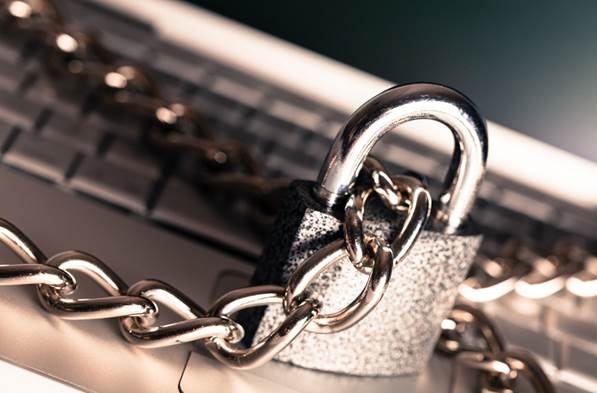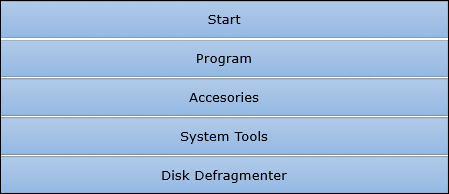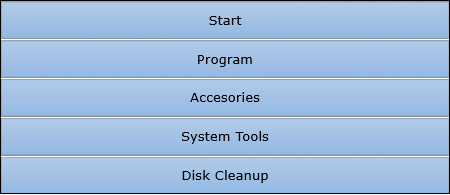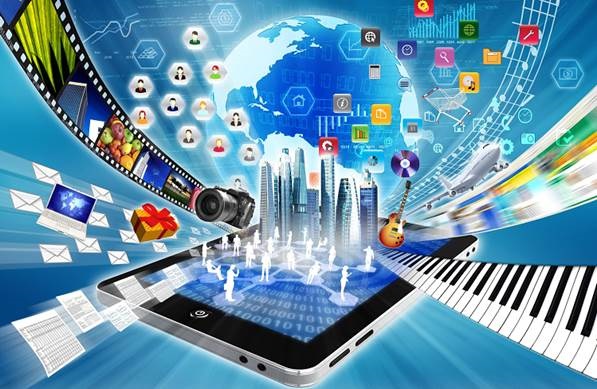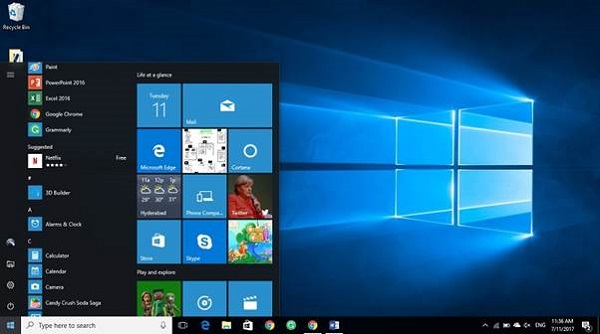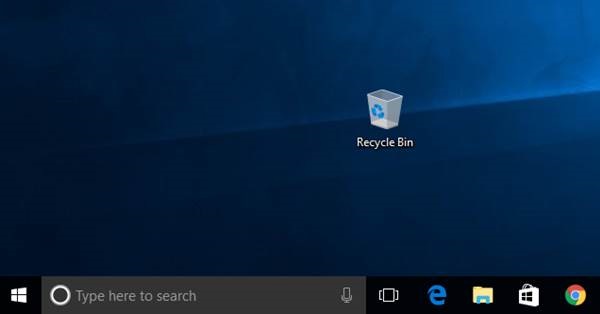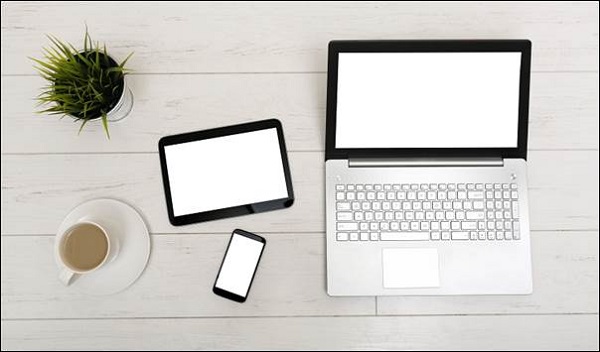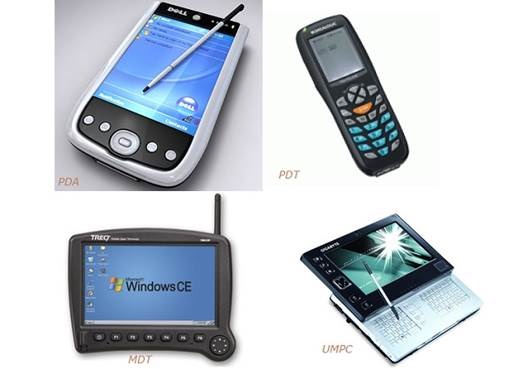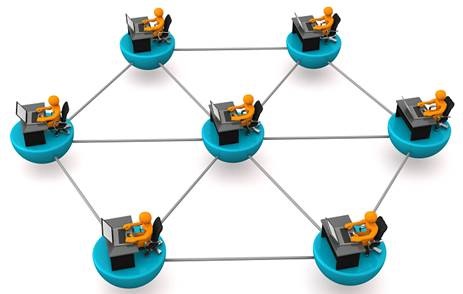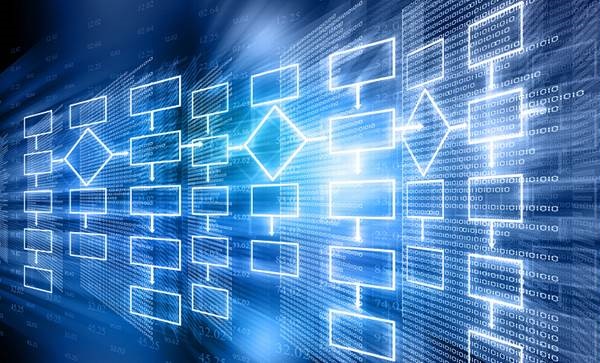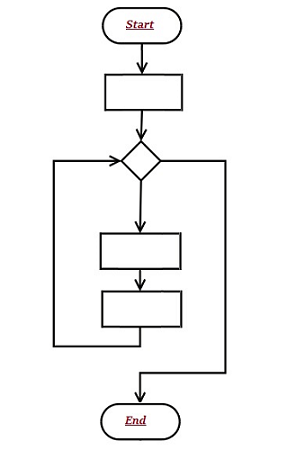Threat in a computer system is a possible danger that might put your data security on stake. The damage is at times irreparable.
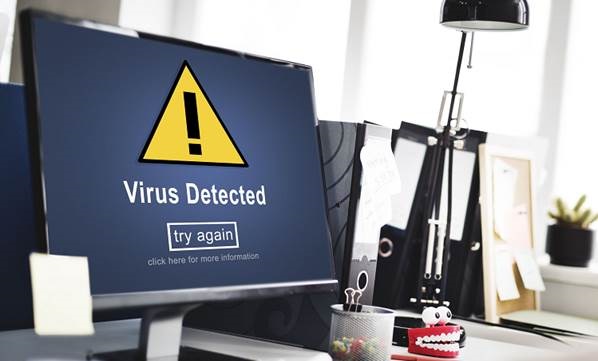
Definition
As defined by the National Information Assurance Glossary −
“Any circumstance or event with the potential to adversely impact an IS through unauthorized access, destruction, disclosure, modification of data, and/or denial of service.”
A computer threat can be "intentional" such as hacking or "accidental" such as malfunctioning of or physical damage.
Types of Threat
Following are the most common types of computer threats −
Physical damage − It includes fire, water, pollution, etc.
Natural events − It includes climatic, earthquake, volcanic activity, etc.
Loss of services − It includes electrical power, air conditioning, telecommunication, etc.
Technical failures − It includes problems in equipment, software, capacity saturation, etc.
Deliberate type − It includes spying, illegal processing of data, etc.
Some other threats include error in use, abuse of rights, denial of actions, eavesdropping, theft of media, retrieval of discarded materials, etc.
Sources of Threat
The possible sources of a computer threat may be −
Internal − It includes employees, partners, contractors (and vendors).
External − It includes cyber-criminals (professional hackers), spies, non-professional hackers, activists, malware (virus/worm/etc.), etc.
Common Terms
Following are the common terms frequently used to define computer threat −
Virus Threats
A computer virus is a program designed to disrupt the normal functioning of the computer without the permission of the user.
Spyware Threats
Spyware is a computer program that monitors user’s online activities or installs programs without user’s consent for profit or theft of personal information.
Hackers
Hackers are programmers who put others on threats for their personal gain by breaking into computer systems with the purpose to steal, change or destroy information.

Phishing Threats
It is an illegal activity through which phishers attempt to steal sensitive financial or personal data by means of fraudulent email or instant messages.
How to Secure Your Computer System from Threats?
Following are the significant tips through which you can protect your system from different types of threat −
- Install, use, and keep updated Anti-Virus in your system.
- Install, use, and keep updated a Firewall Program.
- Always take backups of your important Files and Folders.
- Use Strong and Typical Passwords.
- Take precaution especially when Downloading and Installing Programs.
- Install, use, and keep updated a File Encryption Program.
- Take precaution especially when Reading Email with Attachments.
- Keep your Children aware of Internet threats and safe browsing.

